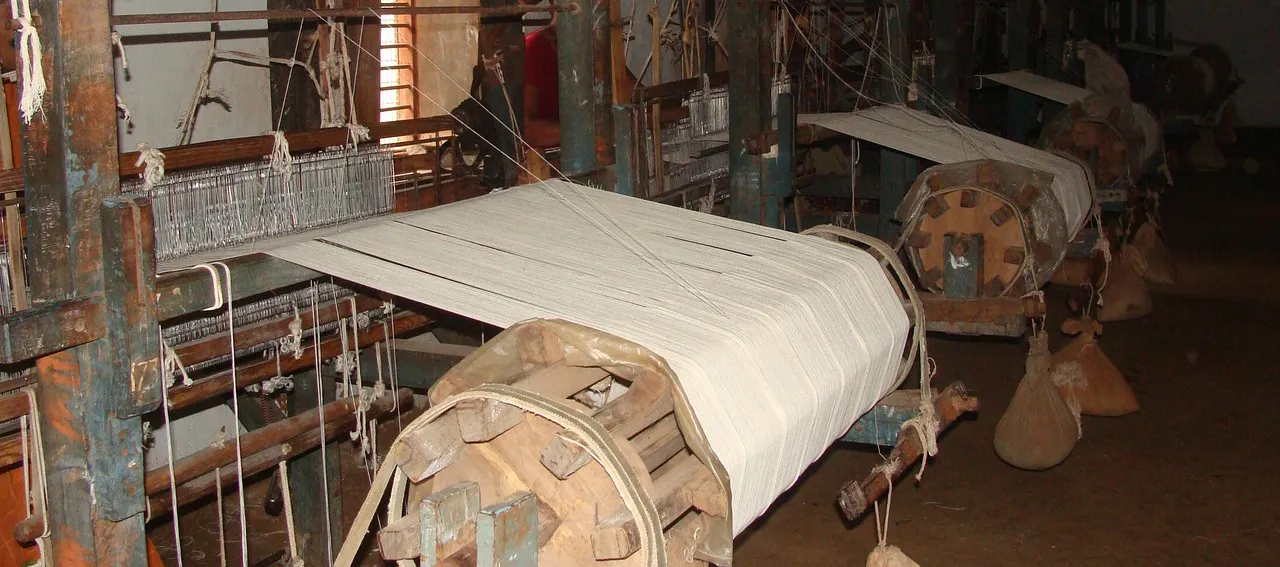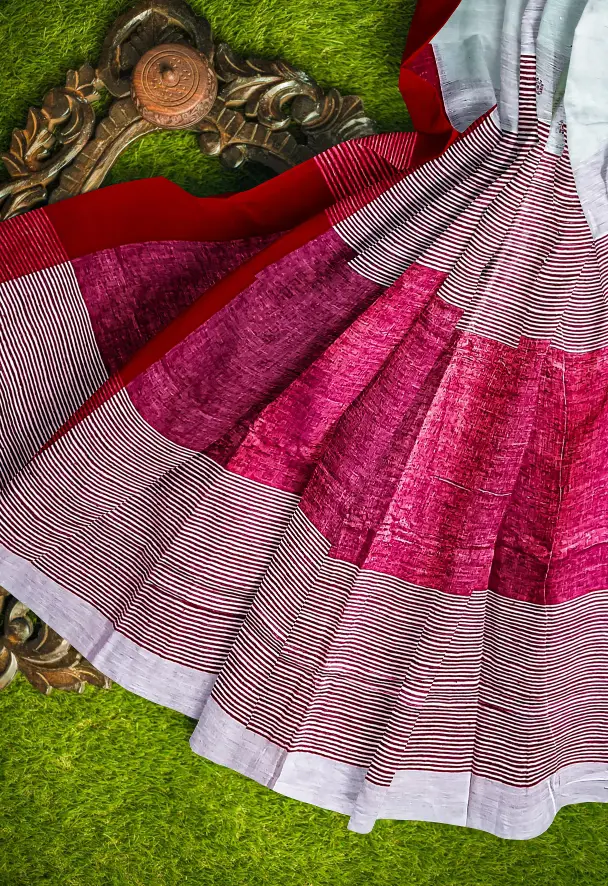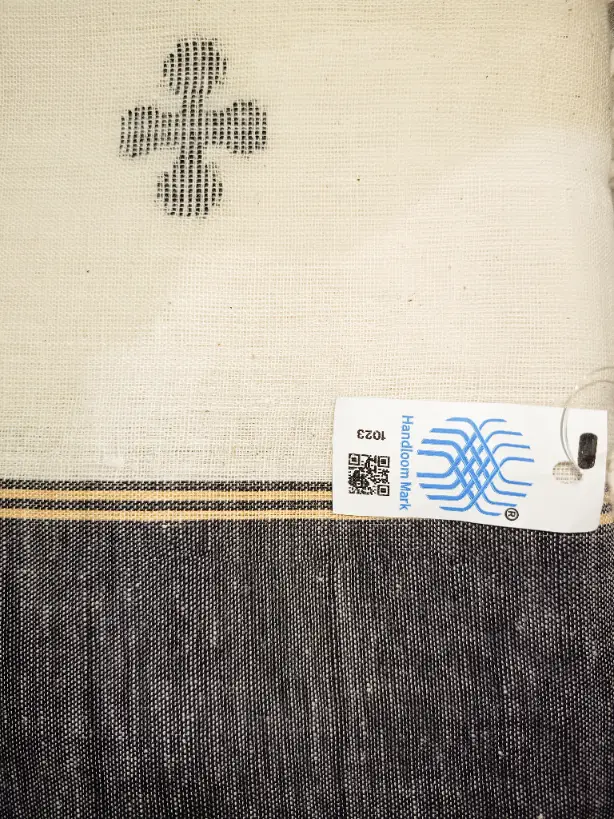EMBRACING ELEGANCE AND SUSTAINABILITY: THE KHADI CLOTHING REVOLUTION
 In the world of fashion, trends come and go, but some timeless traditions remain eternally captivating. One such tradition is the art of crafting khadi clothing. Rooted in history, culture, and sustainability, khadi clothing has evolved from a symbol of resistance to a fashion statement that blends heritage with modern aesthetics. Let's dive into the world of khadi, exploring its history, significance, and the resurgence of its popularity in today's fashion landscape.
In the world of fashion, trends come and go, but some timeless traditions remain eternally captivating. One such tradition is the art of crafting khadi clothing. Rooted in history, culture, and sustainability, khadi clothing has evolved from a symbol of resistance to a fashion statement that blends heritage with modern aesthetics. Let's dive into the world of khadi, exploring its history, significance, and the resurgence of its popularity in today's fashion landscape.Khadi Clothing: A Heritage Unveiled
Khadi clothing stands as a testament to India's rich cultural tapestry and its struggle for independence. Woven from handspun threads, khadi represents the spirit of self-reliance and unity that Mahatma Gandhi emphasized during the freedom movement. Each garment is a labor of love, reflecting the dedication and craftsmanship of the artisans who weave them.Ha ndspun Khadi: Threads of Tradition
ndspun Khadi: Threads of Tradition
At the heart of khadi lies the meticulous process of hand spinning. Handspun khadi is not just a fabric; it's a connection to history. Every thread is lovingly spun by skilled artisans, preserving a heritage that has been passed down through generations. The labor-intensive nature of this technique gives each piece of khadi fabric a unique texture and character, setting it apart from mass-produced textiles.Khadi Fabric and Products: A Sustainable Choice
Khadi fabric is known for its breathability, comfort, and versatility. From clothing to accessories, the charm of khadi knows no bounds. The texture of the fabric evolves over time, becoming softer with each wear, making it a beloved choice for those who appreciate both style and substance. This durability contributes to its sustainability, as khadi products have a longer lifespan compared to fast-fashion alternatives.Khadi Garments and Fashion Trends
Khadi garments seamlessly blend tradition and contemporary style. The intricate handwoven patterns and textures add an artisanal touch to every piece, making them stand out in a world dominated by machine-made fashion. As khadi fashion gains prominence, it's heartening to witness the fusion of classic designs with modern silhouettes, catering to a wide range of preferences.Sustainable Khadi: Fashion with a Conscience
In an era where sustainability is a buzzword, khadi takes the spotlight as a truly sustainable choice. The process of hand spinning, natural dyeing, and weaving significantly reduces the carbon footprint of the fabric. By opting for sustainable khadi, you're not just embracing a fashion trend; you're contributing to a greener planet.Khadi Clothing Brands and Online Stores
The resurgence of khadi has given rise to numerous khadi clothing brands that celebrate its essence. From renowned heritage brands to emerging designers, the market offers a diverse array of options. With the advent of technology, buying khadi clothing online has become more accessible, connecting enthusiasts from around the world with this treasured tradition.Khadi Lifestyle: Beyond Clothing
Khadi is not merely a fabric; it's a lifestyle. Beyond clothing, khadi has found its way into home textiles, accessories, and even personal care products. Embracing the khadi lifestyle signifies an appreciation for history, a commitment to sustainability, and a celebration of individuality.Identifying authentic khadi cloth
Identifying authentic khadi cloth involves recognizing certain characteristics that set it apart from other fabrics. Here are some key points to consider when identifying khadi cloth:1. **Texture and Feel:** Khadi fabric has a distinct texture that is slightly uneven and may feel coarse to the touch. This is a result of the hand spinning and hand weaving process, giving it a unique tactile quality.
2. **Irregularities:** Authentic khadi fabric often exhibits irregularities in terms of thickness and weave. You might notice variations in the thickness of individual threads, creating a charmingly imperfect surface.
3. **Weave Patterns:** Khadi fabric may have visible weave patterns, which can range from simple to intricate designs. These patterns add to the character of the fabric and are indicative of hand weaving.
4. **Natural Imperfections:** Look for small imperfections, such as slubs and knots, that are characteristic of handwoven fabric. These imperfections are a hallmark of authenticity and the artisanal nature of khadi.
5. **Transparency:** Hold the fabric up to the light. Authentic khadi fabric is often slightly transparent due to the variations in thread thickness and the hand weaving process.

6. **Edges and Fringes:** Khadi fabric edges might have fringes or uneven edges due to the hand weaving process. These fringes can be a sign of genuine khadi.
7. **Handspun Threads:** Inspect the fabric closely for individual threads. Authentic khadi is made from handspun threads, which can appear less uniform compared to machine-spun threads.
8. **Natural Dyes:** Traditionally, khadi fabrics are dyed using natural dyes. Look for colors that have a muted, organic appearance rather than overly vibrant and uniform shades.
9. **Label or Certification:** Some authentic khadi products might come with a label or certification from recognized khadi organizations or government bodies. These labels indicate that the product is genuine and supports the khadi industry.
10. **Source and Seller:** Purchase khadi from reputable sources such as government-recognized khadi stores, certified brands, or artisans. Authentic khadi products are often sold by organizations that support the livelihood of local artisans.
11. **Story and Documentation:** Some khadi products might come with a tag or information about the artisans who crafted it. These stories and details can give you insights into the authenticity of the product.
Remember that khadi is a handmade fabric with variations and imperfections that add to its charm and uniqueness. If you're new to identifying khadi, it might be helpful to compare different fabrics in person or seek guidance from experts before making a purchase.



